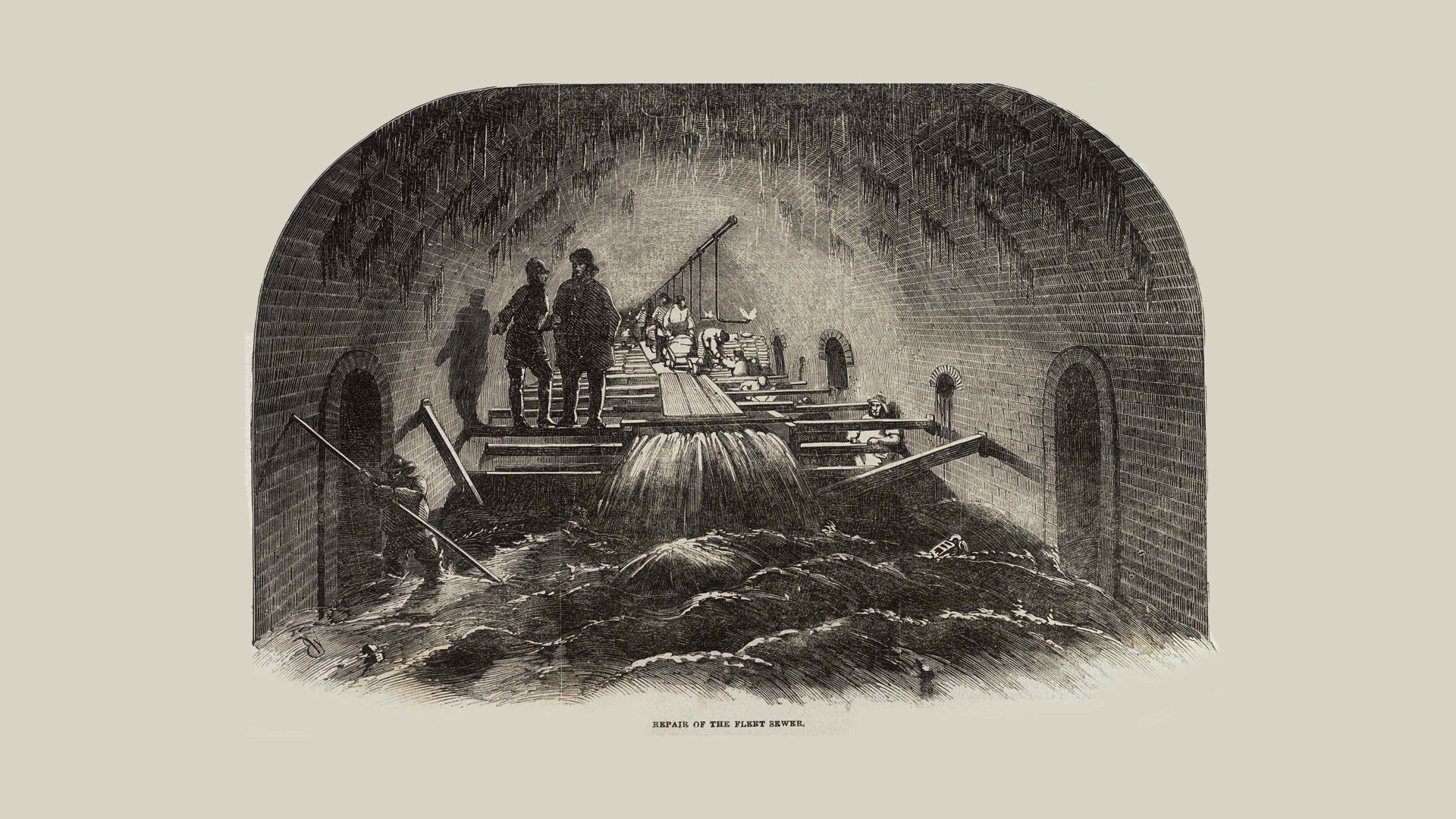For Yehudi Menuhin, the great violinist, emergency vehicle sirens in the UK were a horrific sonic onslaught. For decades he campaigned for the introduction of the more harmonious, two-tone French and Italian sirens, and wrote passionately on the issue. His last comments on the subject came in 1998, just a year before his death. In the UK, he said, “things have only got worse”.
“Every possible crevasse of silence is being shattered with noise, polluting our environment. And there is also meaningless noise, which conveys no message whatsoever: the sirens of the emergency services need not be such sounds of terror and panic; they could be the alternating notes in thirds used in Paris,” he said.
“The sound is used to warn us to clear the path for the ambulance or the fire engine, but it need not convey the emotive state of anguish of those directly involved in the heart attack or the fire. Even the paramedics in the ambulance are supposed to be cool, precise and efficient. How can that be when they are assaulted by blood-curdling noise?”
If you live in a city you can’t get away from the noise, and most people learn to put up with it. But I happen to live round the corner from King’s College hospital in south London, and I have to say that Menuhin was right. The emergency vehicle sirens in the UK are ear-splittingly invasive, far more so than in the two other cities I know intimately, Sydney and Naples – and let’s face it, neither of those are what you’d call quiet backwaters.
The owner of the local Chinese restaurant told me she called it “wuli-wuli” because that is “how the sirens go, ‘wuli-wuli-wuli’ all night long”. And round here we’ve also got pubs on every corner, which means that every night we have the joy of chucking-out time, when the drinkers spill out on the pavement, mixed with the newish din of Lime bikes, which make a clicking noise when they’ve been stolen – which is really quite often, along with the tinny engines of fast-food delivery mopeds and late-night mobile phone video chats, loud enough for the entire street to follow every word.
But you can’t really move to a city and then complain about the noise. It’s part of the deal. And if it’s really getting you down, there’s always the calm of the local park – relative calm, at least.
But the sirens can even get you as you stroll under the trees. You can never really escape them – and then I was struck by hearing Alastair Campbell open an episode of The Rest is Politics by saying there was no need to tell listeners that Rory Stewart was abroad because they’d have worked it out by the sound of ambulance sirens in the background. And egged on by an equally siren-weary neighbour, I decided to test Menuhin’s observation and dive into the science of sirens. Are the British ones really worse?
But first, for those New World readers lucky enough to have avoided the British siren, the main difference is this: UK (and US) sirens go “woo-woo”, while the European siren goes “nee-nah”. And if there’s a dominant cultural siren sound, it’s probably the noise of a New York cop car flashing its way through Manhattan – sirens are an inescapable part of the soundscape of NYC, echoing down the valleys of the skyscrapers.
Always down-wind of America, the UK adopted the US-New York style “wail” siren at some point in the 1990s, although pinpointing exactly when is nigh-on impossible. The UK siren-noise of the 1970s was an old-style “nee-nah”, which by the late 80s and early 90s had become a more nagging, digital-sounding “weeow-weeow” sound. The difference between these and the sputtering, gurgling, ear-splitting wail of a 21st-century UK ambulance is stark.
Which, some people might argue, is fair enough, as emergency vehicle sirens are dealing with often quite extreme situations and people need to get out of the way. But to understand why the UK version feels so much more startling and piercing than its European counterpart, it’s necessary to get a handle on how sound actually works. Sound is a wave, and soundwaves vary constantly in size. The wave’s height is known as its amplitude and this determines how loud a noise is.
Amplitude is measured in decibels (dB) and, surprisingly, it turns out that both UK and European sirens are within the same range of between 110 and 120 decibels. Which means that loudness alone does not explain why UK sirens are so much more piercing.
The other measure, however, is the frequency of the soundwave – what we usually call pitch – and it is here that there is a very real and measurable difference between our “woo-woo” and the continental “nee-nah”.
Suggested Reading

Algospeak, the language of the machine
Frequency is measured in hertz (Hz) and the higher the frequency of the soundwave, the higher the pitch. It turns out that while European “high-low” sirens sit between 450 and 600 hertz, our “wail” sirens are up between 1,000 and 3,000 hertz. This is the frequency range where the human ear is most sensitive, says Antonio Torija Martínez, professor of acoustic engineering and psychoacoustics at the University of Salford.
In other words, a British 3,000-hertz fire engine siren issues its warning at a pitch five times greater than the European version, which makes it a profoundly more intrusive and jolting sound. Even the New York sirens, traditionally at between 600 and 1,200 hertz, are significantly less shrill than ours.
UK and US sirens are more piercing, but are they more effective in getting people out of the way? It seems the answer here is also no, because lower-frequency sounds travel further, meaning you will hear the continental siren earlier.
A 2017 study published in the Journal of the Acoustical Society of America found that sirens with lower-frequency emissions have a greater ability to penetrate the city din. The result of this, the report concluded, is that lower-frequency sirens are safer. You hear them sooner, therefore you have longer to get out of the way, which means less panic and fewer crashes.
So, who polices the police sirens in London, Birmingham, Bradford and Liverpool, which are – according to noise complaints – the loudest cities in the UK? Earlier this year, Specsavers (they also sell hearing aids) conducted a series of Freedom of Information requests to uncover the scale of noise complaints across urban areas since 2020.
In London alone, 440,000 people across all boroughs made noise complaints. Half of the 2,000 residents polled UK-wide reported that noise disrupts their lives at least once a week. Traffic, noisy neighbours’ construction and – of course – emergency sirens topped the frustration tables.
Two years ago, a report by the House of Lords Science and Technology Committee, led by Baroness Brown of Cambridge, examined the impact of noise and light pollution on human health. The conclusion was that both are under-researched. Prof Anna Hansell, director of the Centre for Environmental Health and Sustainability, said that with air pollution, researchers tend to use much more complex models than they do with noise simply because “there are handfuls of studies on noise, compared with the thousands of studies on air pollution”.
Speaking to TNW, Baroness Brown called noise pollution the “neglected pollutant”, and said there was “growing evidence of the impact on health through impacts on sleep and stress levels”.
It’s not just the UK where this is a problem. Everywhere you go, sirens keep people awake at night and the emergency soundtrack has sunk deep into the popular consciousness. Different countries not only use different siren systems but also have their own onomatopoeic descriptors for them: a French person imitates a siren by saying “pin-pon”, while in Italy it’s “nino-nino”, in Russia “wiu-wiu”, and in the Philippines it is, a little unfortunately, “wang-wang-wang”.
Not all of them are as piercing and unpleasant as the British variety – but they are all part of the global tide of noise pollution that washes over us in waves, and about which, as Yehudi Menuhin sadly realised, nothing can be done.



